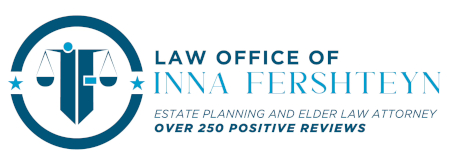With the coronavirus pandemic causing the migration to online learning for some schools (and complete closure for others), many students and parents have received or partial refunds of the money they paid for tuition and on-campus housing. While certainly appreciated by students and parents alike, refunded tuition could easily become a tax nightmare if the right steps aren’t taken to properly handle it.

If your tuition and associated costs were paid using a 529 College Savings Plan account and you’ve received a refund from your or your child’s school, you could very likely incur a penalty or tax liability. Since the refunded amount is no longer being used to pay for educational expenses, the Internal Revenue Service (IRS) can recharacterize it as a taxable distribution whether or not it initially qualified as a tax-free distribution. If this is the case, you may have to pay a 10% fee (income tax and penalty) on the earnings portion of the distribution; the principal will remain untaxed.
The best and only way to avoid incurring the tax penalty on your refund is by re-contributing it to your 529 savings account within 60 days from when the refund was officially issued. If you happen to have a financial advisor, they could probably assist you with the process. If you’re doing this yourself, you’ll need to follow the following steps.
While different states and banking institutions may have slightly differing instructions and requirements for re-contributing your refund, the process should generally involve the following steps.
- Document Your Refund
First and foremost, you should print out records of the date and the amount of the refund. These will come in handy in case the IRS or your plan provider require proof that the amount you’re looking to re-contribute shouldn’t be categorized as a taxable withdrawal.
It’s also important to remember you should only re-contribute the portion of your refund that was initially paid for with funds withdrawn from your 529 plan. If you withdrew $20,000 to pay for tuition and the institution refunded you $10,000, to be in good standing with the IRS and to avoid unnecessary taxation on your assets, you should only re-contribute the $10,000.
- Letter of Intent/Instruction
You should also include a detailed letter outlining exactly why you’re making the re-contribution
The letter should include
- The amount that you wish to re-contribute to your 529 savings plan.
- That you wish for this payment to be categorized as a re-contribution of a previously qualified tax-free withdrawal from your account.
- That you’re making this re-contribution within a 60 day period of receiving the refund. Make sure to include the name of the school/institution as well as the date of issuance.
- The name of the student and the account number
- The date and amount of the initial withdrawal from the account
- A copy of the printed refund
- Send The Check
After the two steps above are completed, it’s time to send the money. To keep a complete trail to document your intent on re-contributing the refund, you’ll want to be as specific as possible even if that means writing in “529 plan re-contribution of tuition refund) or something similar in the memo line. You should make a copy of the check and any supporting documents for your own records, and make sure to mail the check via certified mail to ensure that it arrives within the required 60-day period.
While fairly simple, it’s extremely important to follow and execute this process correctly. If you don’t, or exceed the 60-day period, the IRS may treat your new refund as a non-qualified, taxable distribution.
